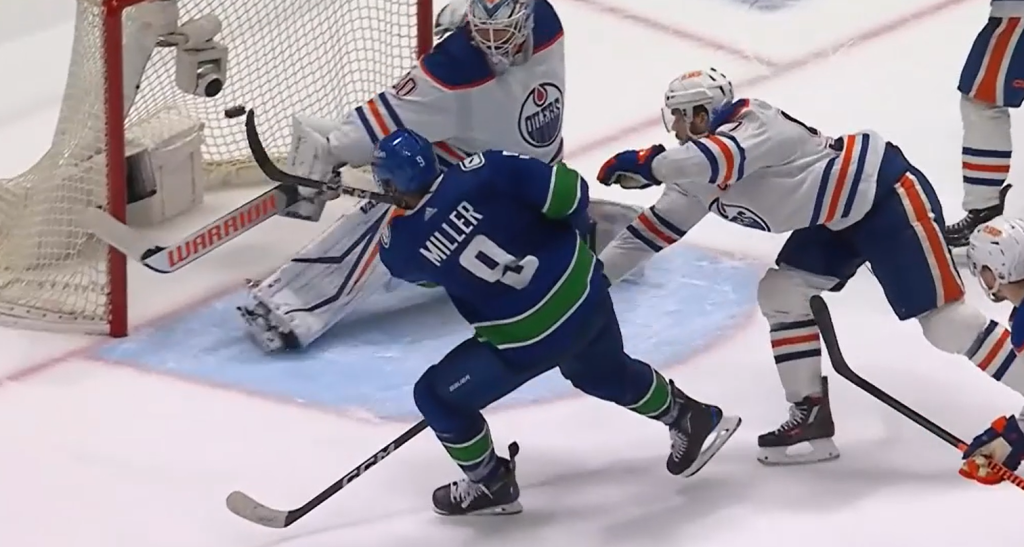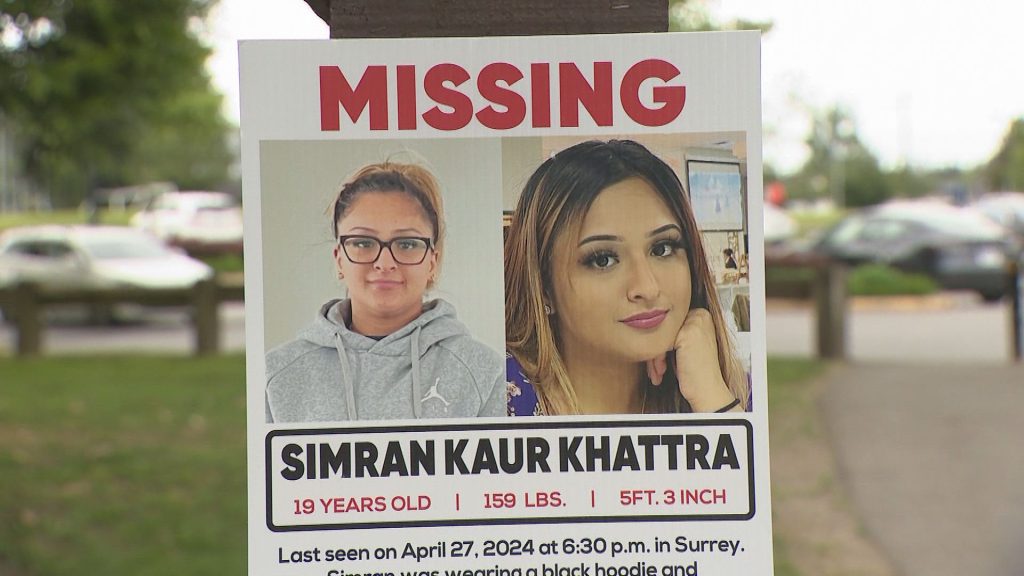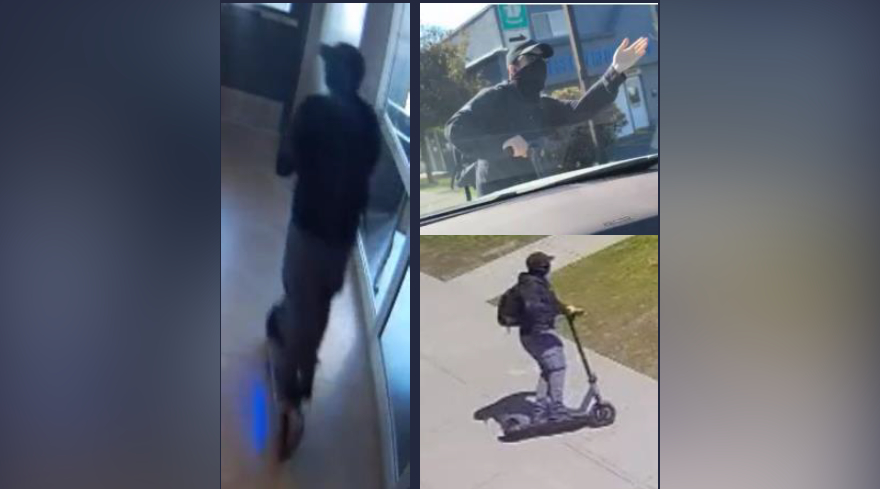How do B.C. police determine if seized drugs come from safe supply?
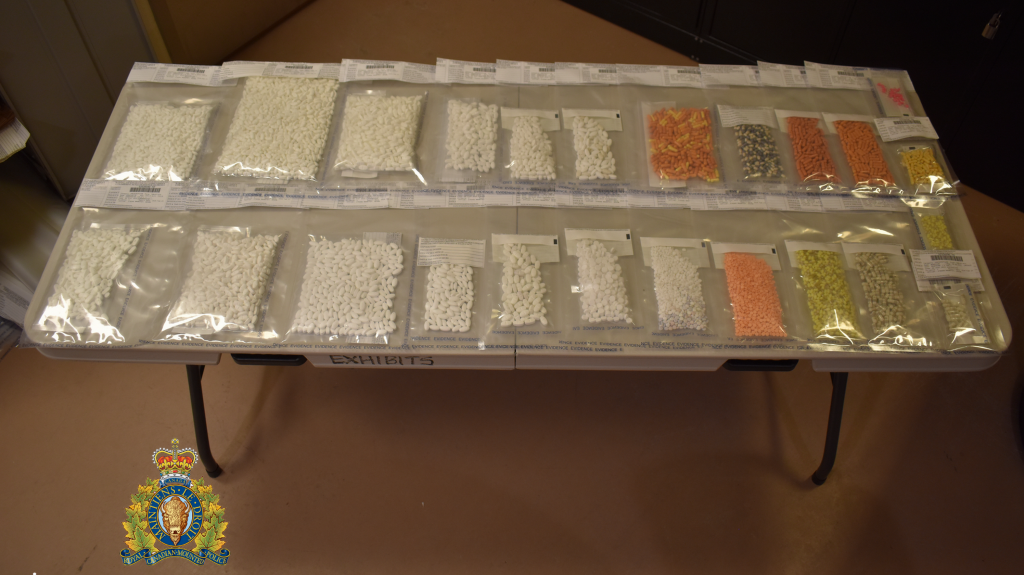
Posted March 12, 2024 12:56 pm.
Last Updated March 13, 2024 12:55 pm.
As multiple law enforcement agencies around B.C. claim they have seized illicit drugs that originated from provincial safer supply programs, questions around whether police can determine the origin of drugs have surfaced.
Last week, the Prince George RCMP said that after a months-long investigation, it had seized over 10,000 pills, including prescription and non-prescription drugs.
Mounties in that city claimed the seized “Morphine and Hydromorphone (also known as Dilaudid) are safe supply prescription drugs.”
Corp. Jennifer Cooper told CityNews on March 8 that Mounties can differentiate between a safe supply and an unregulated illicit supply because officers “are finding them still within prescription bottles.”
Cooper noted a recent release by the Campbell River RCMP in February, which stated that officers in that community also seized drugs originating from safer supply programs.
“So, clearly [there’s] at least two detachments … I’m sure there are more, they just haven’t had the opportunity to put out their results yet,” Cooper told CityNews.
However, on Monday, the BC RCMP released a statement refuting suggestions that these diversions are “widespread,” clarifying the frequency and quantity in which RCMP officers are intercepting illicit drugs that have originated in safer supply programs.
The BC RCMP explained there is no evidence to currently support claims of “widespread diversion of safer supply drugs” in the province or Canada’s illicit market.
In a statement Monday, Assistant Commissioner John Brewer said the RCMP conducts “thousands of drug trafficking investigations” each year. Through those investigations, illicit, unregulated, and prescription drugs are seized.
“The seizure of prescription drugs, such as narcotics and opioids, that are no longer in the possession of their prescribed owner is something the police have had to deal with on many occasions,” Brewer said.
“However, the presence of confirmed safer supply prescriptions are in the minority of drug seizures. While there have been recent investigations that have resulted in notable quantities being seized, there is currently no evidence to support a widespread diversion of safer supply drugs in the illicit market in BC or Canada,” he added.
More than 600,000 people are prescribed opioids in B.C. alone, less than 5,000 under safer supply programs
Speaking to CityNews Tuesday, UBC School of Population and Public Health professor Eugenia Oviedo-Joekes explained that determining where a substance comes from is “not that simple.”
“When you look at the literature, the first thing the RCMP or forensics do is look at the physical appearance of the drugs they seize, [look for] commonalities — if they have the same packaging, the same color, the same shape — to see if they come from the same place,” she said. “But that is only one part.”
“The drugs could be anything until you test them,” she added.
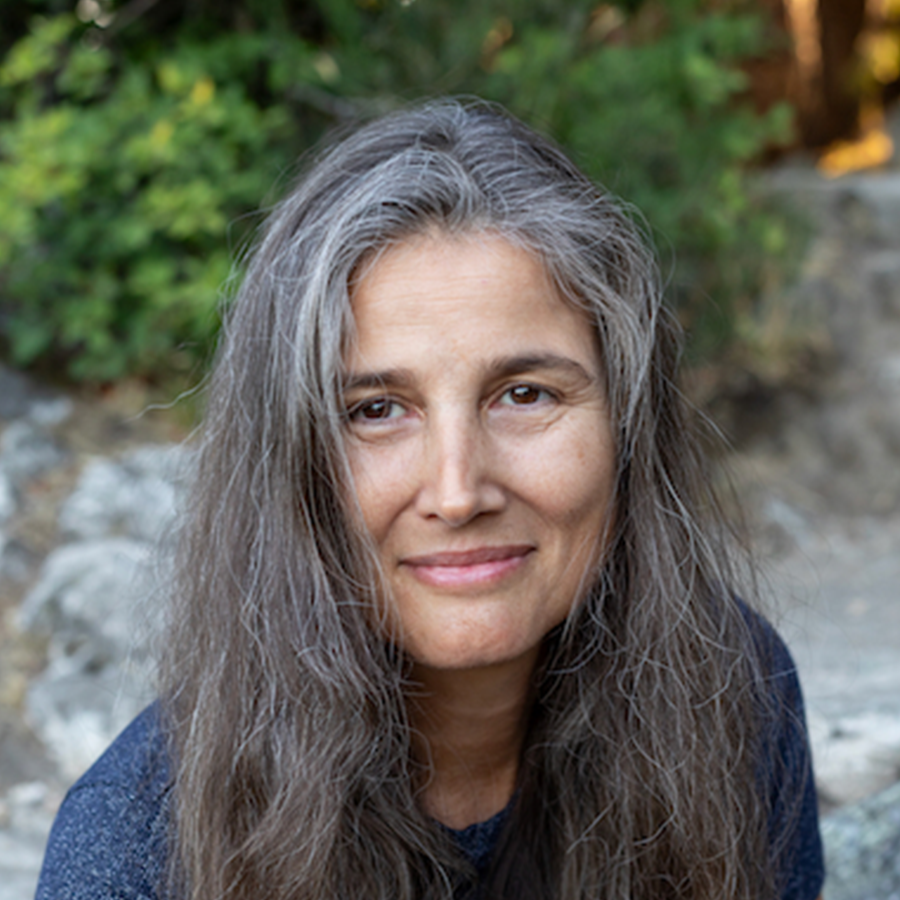
Oviedo-Joekes noted that one in eight Canadians are prescribed opioids for pain — making up more than 600,000 people in B.C. alone. However, two per cent of those people do not use opioids for medical needs, Oveido-Joekes said. “That gives you around 12,000 people.”
In B.C., the provincial Prescribed Safer Supply program — through which people with substance-use disorders are prescribed alternatives — has fewer than 5,000 participants.
“So, when the RCMP says, ‘We seized opioids, morphine, hydromorphone … all these medications from safer supply,’ the bulk of those medications don’t come from safer supply because you don’t have the critical mass,” Oviedo-Joekes explained.
Oviedo-Joekes said that in response to recent RCMP releases regarding drug seizures, people “who want to destroy the program read what they want to read, not the facts.”
“I think the barrier here, is [safer supply] has been under fire, for such a small program, when the bulk of the medications that are in the street are not coming from this program,” she added.
In a follow-up statement Tuesday, BC RCMP Staff Sgt. Kris Clark shared that a forensic or toxicology analysis is necessary for every seizure that proceeds to court, and may require multiple samples, depending on the circumstances.
“For example, if multiple drugs are seized, or there are multiple packages of what may or may not be the same drug, a sample will be taken from each to be analyzed.”
Clark reaffirmed the RCMP’s position that a factor in determining whether seized drugs end up being classified as safer supply or not is determined by the vessel in which they’re recovered.
“To be clear, safer supply alternatives are prescribed and therefore packaged and labelled accordingly, which would be one of the ways in which the source could be confirmed,” Clark stated.
Diverted medications are a failure of health-care systems: UBC professor and researcher
Oviedo-Joekes explained that if the use of medication not in the way that it was prescribed, referred to as diversion, occurs, it is a failure of the greater health-care systems that have been put in place.
Prescribers and integrated teams of health-care and social-work professionals have oversight over those who are part of safer supply programs, Oviedo-Joekes said. “There is an entire network connected.”
As such, she explained it is not individuals who are prescribed drug alternatives that would “flood the streets with [diverted] drugs.”
“An individual who uses a medication in a different way than prescribed is either a person that is not treated from a person-centered approach, they are a person who needs a different medication, or they are a person that has competing needs — either poverty or mental health or has friends and family members who need the medication,” Oviedo-Joekes said.
“When we talk about how the drugs end up in the street and in the hands of people that we need to protect the most, we need to look at how our society is making people more vulnerable and the structural violence that our society has over marginalized people, and not victimize more those people that are already in the streets struggling,” she continued.
“They are the last of the last in a chain of people, and everybody knows that. Everybody is so comfortable just pointing the fingers to the weakest link in the chain. We need to work with our clients, if they are not using their medication as indicated, to support them in any way we can.”
It’s estimated in B.C. there are around 70,000 people with a substance-use disorder, with only 25,000 people accessing an opioid agonist treatment (OAT) — like buprenorphine or methadone.
“Maybe people can put into perspective that we have 45,000 people without treatment, with nothing to offer them. Working together will be better than against each other,” Oviedo-Joekes said.
She says she doesn’t understand the thinking of people who oppose the prescribed safer supply programs, who suggest people are acting in bad faith.
“These people care for the clients, and for their family, and for the community, to the point they’ve been working in this absolutely dystopian field for years.”
Canadian Drug Policy Coalition says it’s ‘irresponsible’ to speculate
The Canadian Drug Policy Coalition says communication from police when it comes to drug seizures “vary widely in their accuracy.”
The organization says in many cases, the statements “rarely share specific evidence or data sources, and sometimes contain errors or overstatements.”
The coalition echoes concerns about the implication incorrect information could have on initiatives like the prescribed alternatives program.
“Police announcing large seizures of prescribed alternatives to the unregulated drug supply may drive fear and influence policy, even if based primarily on assumption,” DJ Larkin, executive director, Canadian Drug Policy Coalition, said in a statement Tuesday.
“Without forensic testing, police may base their conclusions on visual assessments of shape, size, colour and packaging. Many of these visual clues can be closely copied by producers of counterfeit pills. Most hydromorphone is prescribed for pain management, not as safe supply. If police do not have evidence of the reasons seized medications were prescribed, it is irresponsible for them to speculate. If police have demonstrable proof that drug seizures include prescription medications, they should refer to them as such, rather than guess or assume they are prescribed safer supply.”
Larkin says there’s always the possibility that some people will resell or give away medication, regardless of what they are prescribed for.
“The sale of prescription drugs on the illicit market is not a new phenomenon,” Larkin explained. “We also know that prescribed alternatives account for only 14 per cent of hydromorphone prescribing in the province – the vast majority of hydromorphone prescriptions are for pain management.”
The Canadian Drug Policy Coalition stresses the unregulated, illicit drug supply continues to kill thousands of people each year across the country, adding the supply has “become drastically more toxic and more dangerous.”
“It is useful to understand why and to what extent prescription drugs make their way into the illicit drug market. We must navigate that reality, both to support people and communities and to ensure prescribed alternatives are effective in reducing the risk of people consuming unregulated drugs. But if we seek to stop mass drug toxicity deaths, fixating on prescription drugs misses the point,” Larkin said, adding, “We cannot lump all substances together.”
–With files from Hana Mae Nassar


